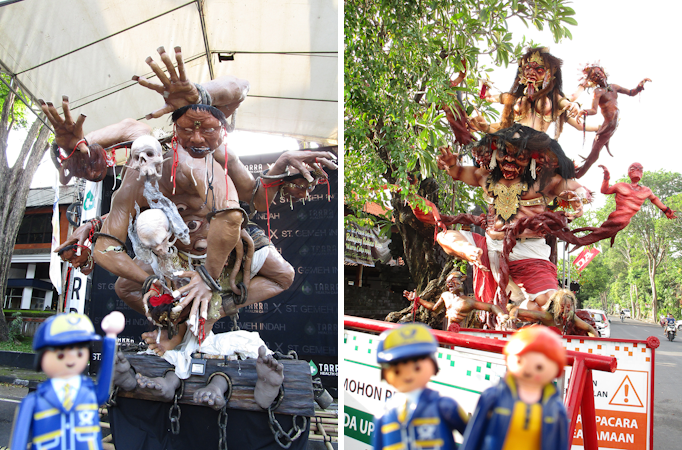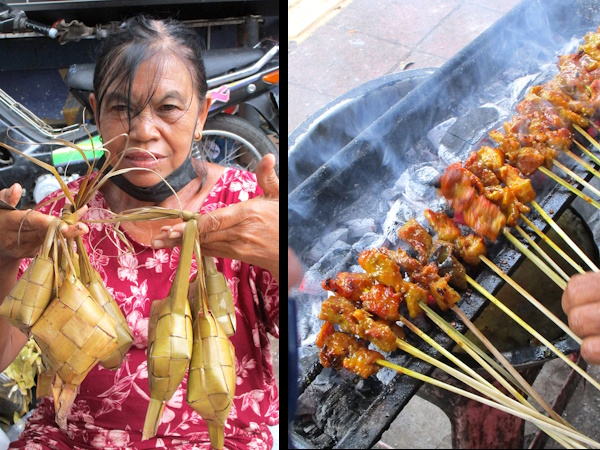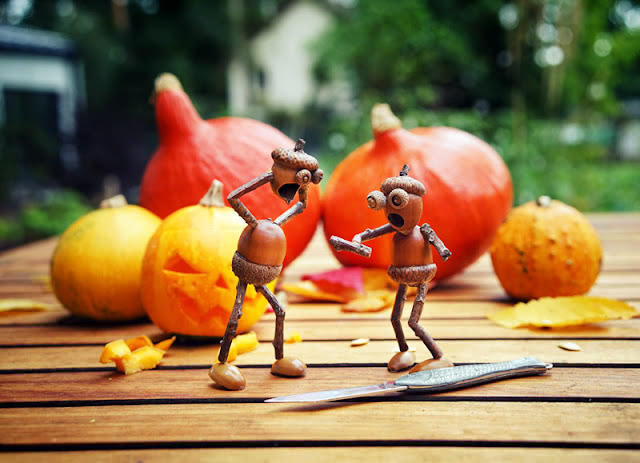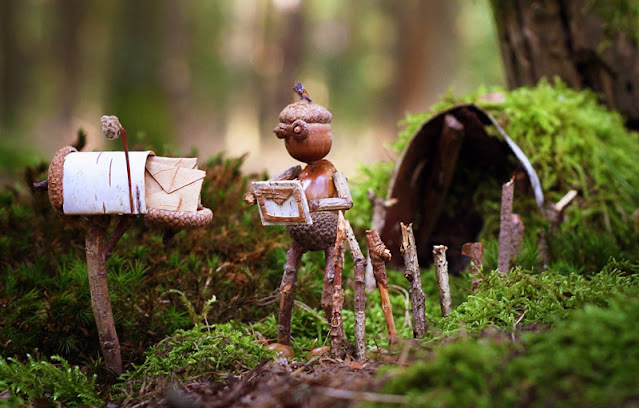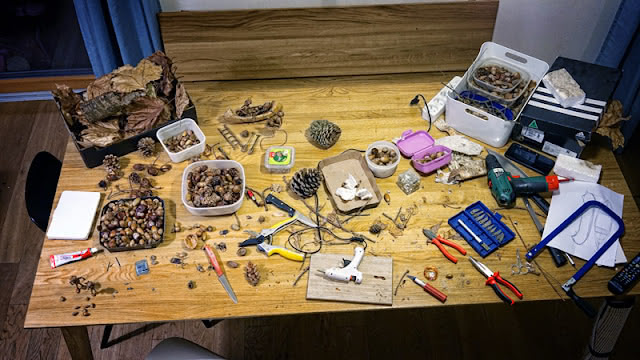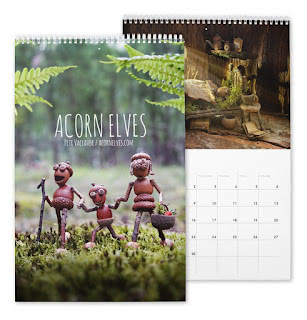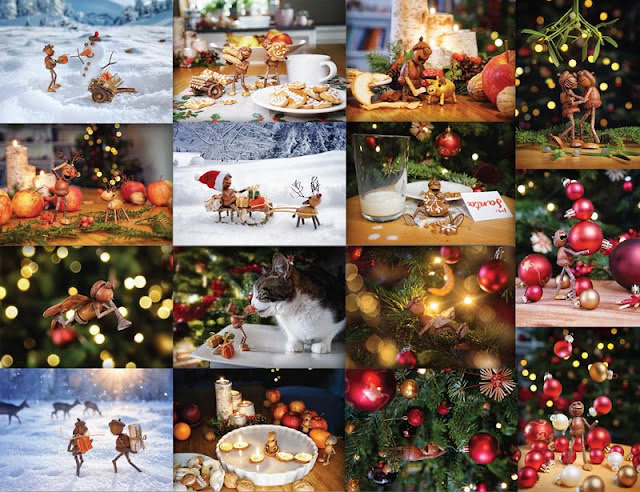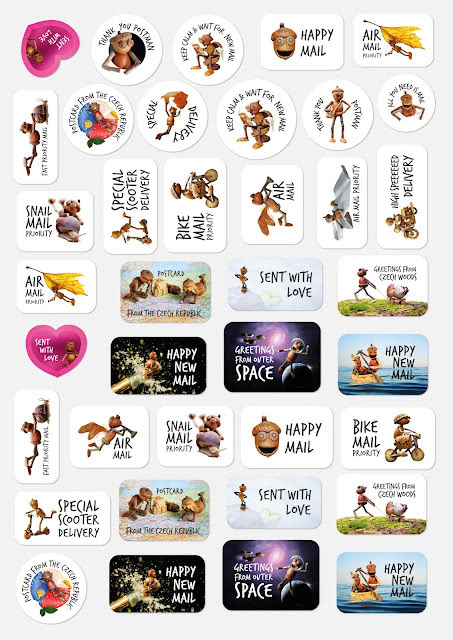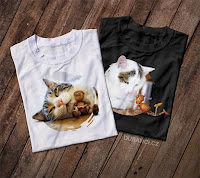Last year, we ran our biennial census, and an incredible 21,186* of you took some time to answer the many questions. Thank you! 🙏 The census is an important event for Postcrossing, because it offers lots of valuable insights into the project. Although most of the data does not change very much from year to year, there are always interesting shifts and trends to uncover. Ready to look at some charts? Let’s go!
First off, here’s a chart of how happy people are with their postal service. We asked the same question some years ago… so what has changed in the last few years?

While overall happiness levels remain similar, there’s been a dip in the strongest positive ratings. In other words, fewer people think their postal service is “fantastic”, and more believe there’s room for improvement. This isn’t exactly surprising, given the financial and logistical challenges postal services have faced in recent years… but still, it’s a bit disheartening to see. 😕
Of course, this sentiment varies wildly from country to country. If you’d like to see a breakdown by country from some years ago, check out this blog post.
One of the interesting trends from the census is a shift in where people buy their postcards. Take a look:

Back in 2020, local postcard shops were still a popular source, slightly ahead of online shops. But in just a few years, that’s changed dramatically. Online shops have now taken the lead by a significant margin, while local postcard shops have dropped in popularity, currently being overtaken by online shops, museums, and other local stores.
Is this shift due to the convenience of online shopping? A decline in physical postcard shops? Rising postage costs influencing bulk online purchases? Probably a mix of all these factors… but whatever the case, it’s clear that postcrossers are adapting to new ways of stocking up on postcards!
In 2024's census, we introduced a couple of new questions, one of which asked: are you sending more postcards now than two years ago?

At first glance, the results were a pleasant surprise—most people reported sending more postcards than before! 🎉 But then, we took a closer look…
A large portion of respondents (around 20%) joined Postcrossing within the past year. That means their “increase” in sending might simply be because they weren’t sending many postcards before discovering Postcrossing. So, we decided to refine the data and look only at members who had been with Postcrossing for over two years:

And… there it is. When excluding newer members, the trend flips: most long-time members are actually sending fewer postcards. There are probably multiple reasons for this — rising postage costs, shifting personal priorities, or maybe just life getting in the way. It’s a sad trend, but also an expected one.
What about meetups? Have postcrossers been to meetings before?

Looks like only a small percentage has ever been to a meetup, which is a bit of a pity, really! Meetups are a great way to connect with fellow postcrossers, exchange postcards, and share stories. If you haven’t attended one yet, we really encourage you to give it a try — whether by finding a local meetup or even organizing your own. Who knows? You might make some new friends along the way!
One of the parts of the census that we pay especially attention to is the disabilities question, where we ask members how impairments affect their Postcrossing experience. Unlike other questions, this one isn’t easily represented visually, as replies come in the form of text. But after reading through the responses, we noticed that most of them fall into these main categories:
- Mental health conditions (like ADHD, anxiety, depression, etc.)
- Mobility and chronic pain issues (mostly arthritis, chronic back pain, wheelchair use, fatigue)
- Vision impairments
- Other physical or neurological conditions (including Parkinson’s, post-stroke effects, hand tremors, cancer treatments and dyslexia or dysgraphia)
For many of these issues, there is little that Postcrossing can do… but still, this kind of feedback is super valuable to us. By understanding these challenges, we can work towards making Postcrossing more accessible — sometimes in surprisingly simple ways, like adjusting font choices or rewording certain instructions. But since we don’t experience these challenges ourselves, we rely on feedback from the community to help guide us.
One thing we found surprising is that a lot of people reported that Postcrossing actually helps them cope with their disabilities — for instance, by giving people a small, finite task to focus on (e.g.: writing a postcard or taking a walk to the nearest postbox). Many state that it improves their mental health, and that Postcrossing’s “send at your own pace” model allows people to participate only when they have enough energy or resources, reducing guilt and pressure. These are factors we don’t usually consider, so it’s amazing to learn about them!
Finally, another new question we asked last year was: have used or printed the official World Postcard Day design provided by Postcrossing?

14%! At first glance, that might not seem like much… but actually, we think it’s not a bad number! If the percentage were too high, everyone would be receiving the same postcard design, which might get a bit repetitive. But if it were too low, it would mean our work was going unnoticed… So 14% feels like a good balance, and we’re curious to see how this number shifts in future years.
And that’s it for 2024’s census highlights! We’re big data nerds, so looking at numbers and statistics is always fascinating — we hope you found these insights as interesting as we did.
What do you think? Are you perhaps surprised by some of these, or is everything more or less what you expected?
A huge thank you again to everyone who took the time to participate! ❤️
(*) While 21,186 responses is a substantial sample, naturally we can’t assume it represents all postcrossers. Some people might be less at ease answering surveys (perhaps due to language barriers) which could influence the results. So, let’s keep that in mind and try to interpret the findings with caution!










